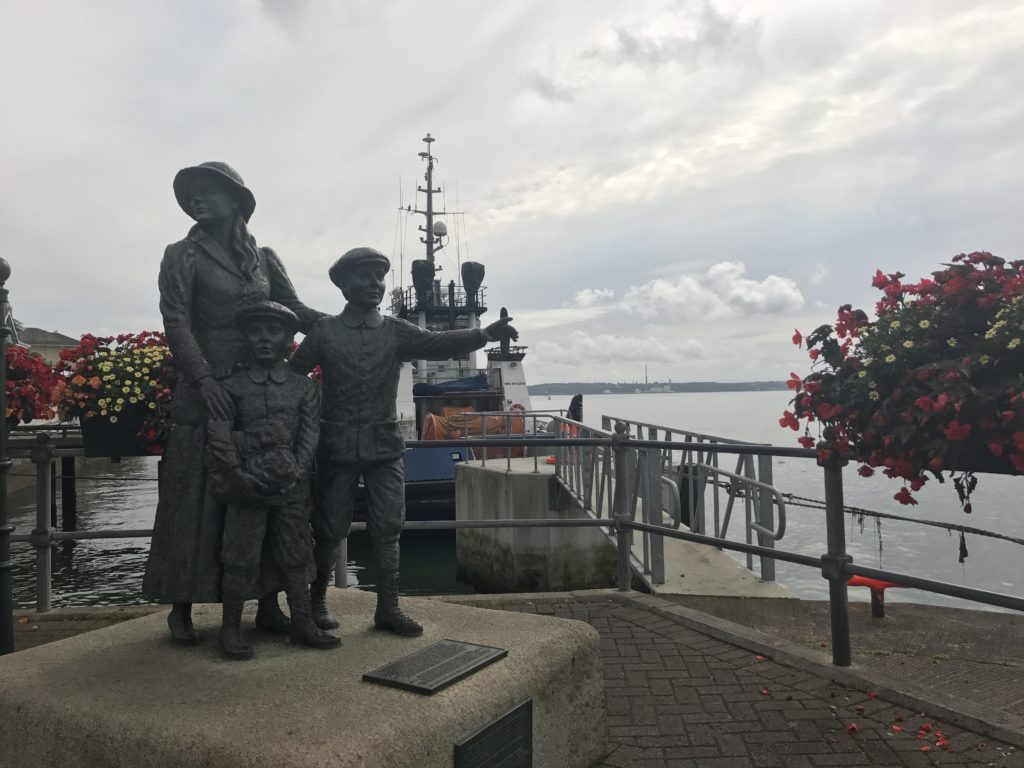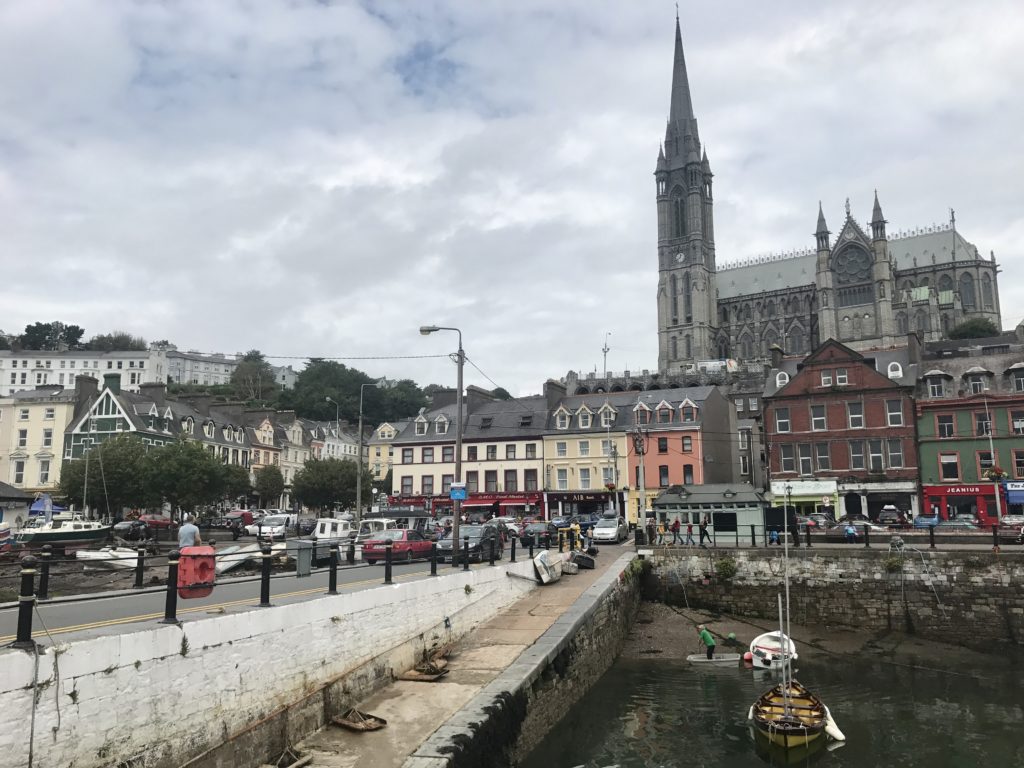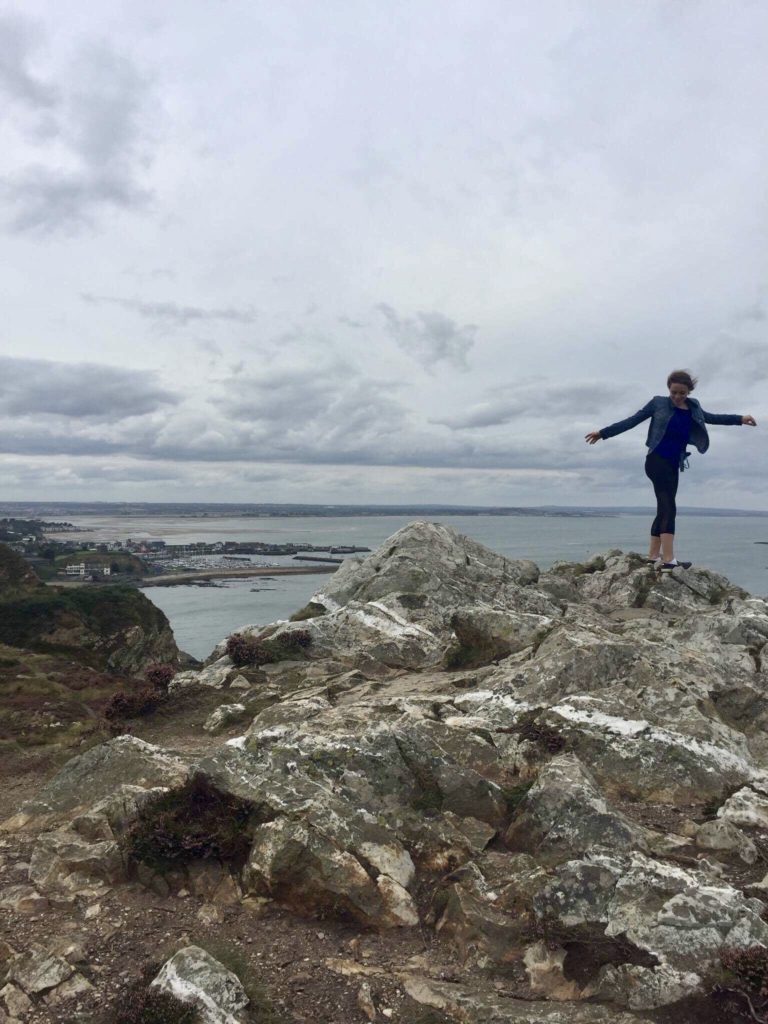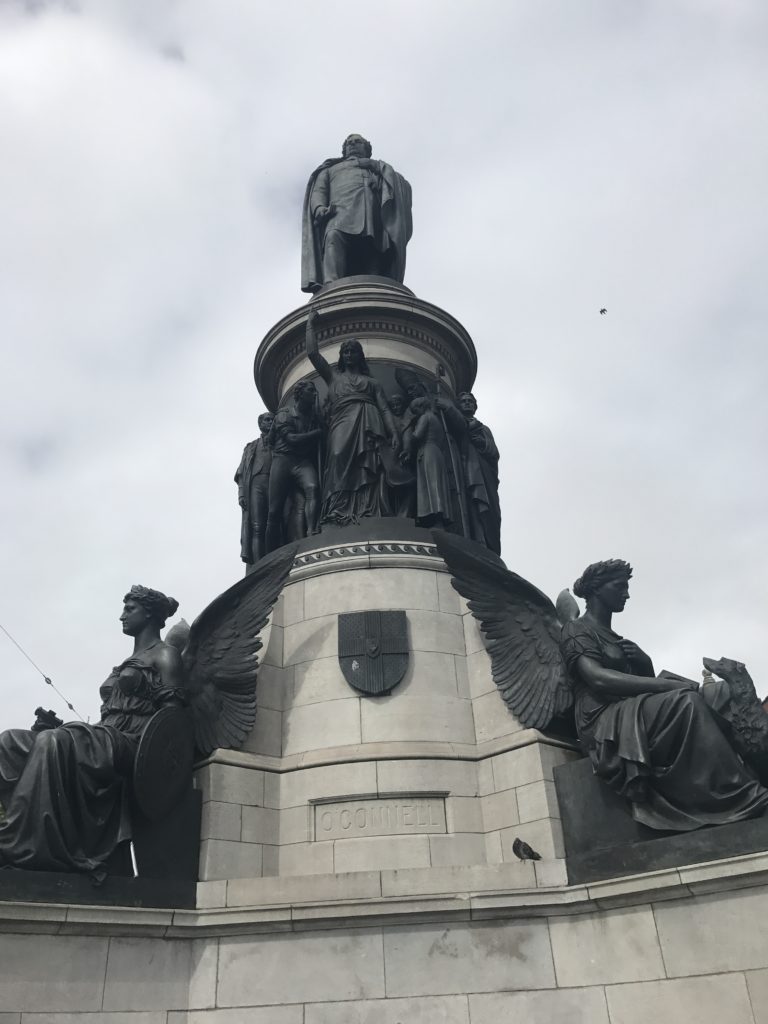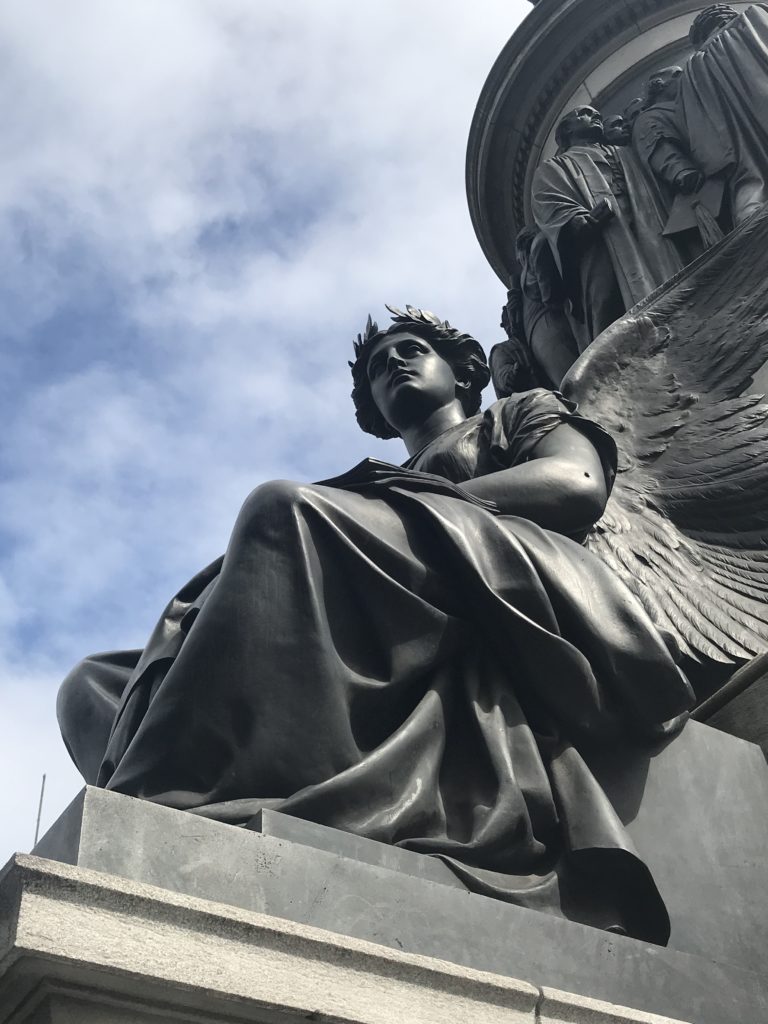Hello from week 3 in Ireland! I could not feel happier or more comfortable than I do in Cork right now. I have had so much fun ~doing me~ but also continue to truly value this time abroad as an exceptional opportunity to learn and contextualize our world.
So first and foremost: here is the fun stuff! To begin… a clip of the amazing music I listen to regularly!
Next: here are pics from sunset walks. My friend Joe and I frequent a hill that overlooks the city.

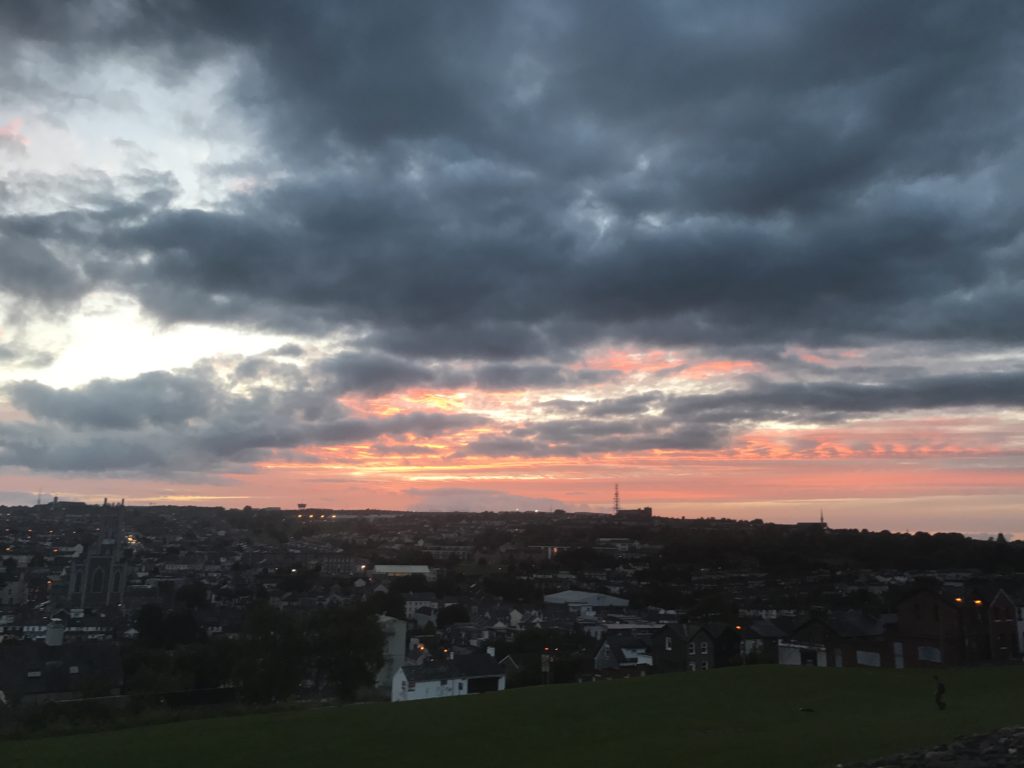

I’ve also have enjoyed reasing everyday and meditating jogs around the city.
As I’ve been living the GOOD LIFE, I’ve also had the the opportunity to learn about Ireland’s history and how it fits into the country’s modern day politics. Though I love the books, sunsets, music and runs – I maintain passionate about understanding the race, class and gender norms here, and how they fit into the jigsaw of a world we live in.
So for those of you who are interested in history and politics, here is my insight to date:
So far, I have travelled to five different places throughout Ireland. Each city/town has given me goosebumps for both its breathtaking views and it’s enriching history. There is a clear paradox though; the prettier the landscape, the more difficulties local Irish people faced during the famine. The lucious green fields with marshes interdispersed throughout them made potatoe crops the easiest and most accessible crop for Irish people to grow during the 1800s. In fact, about two thirds of the Irish population lived on this potato diet while the elite had access to other foods, so it was these farmers that faced massive difficulties come the potato blight. Here are some pictures that demonstrate this troubling paradox:
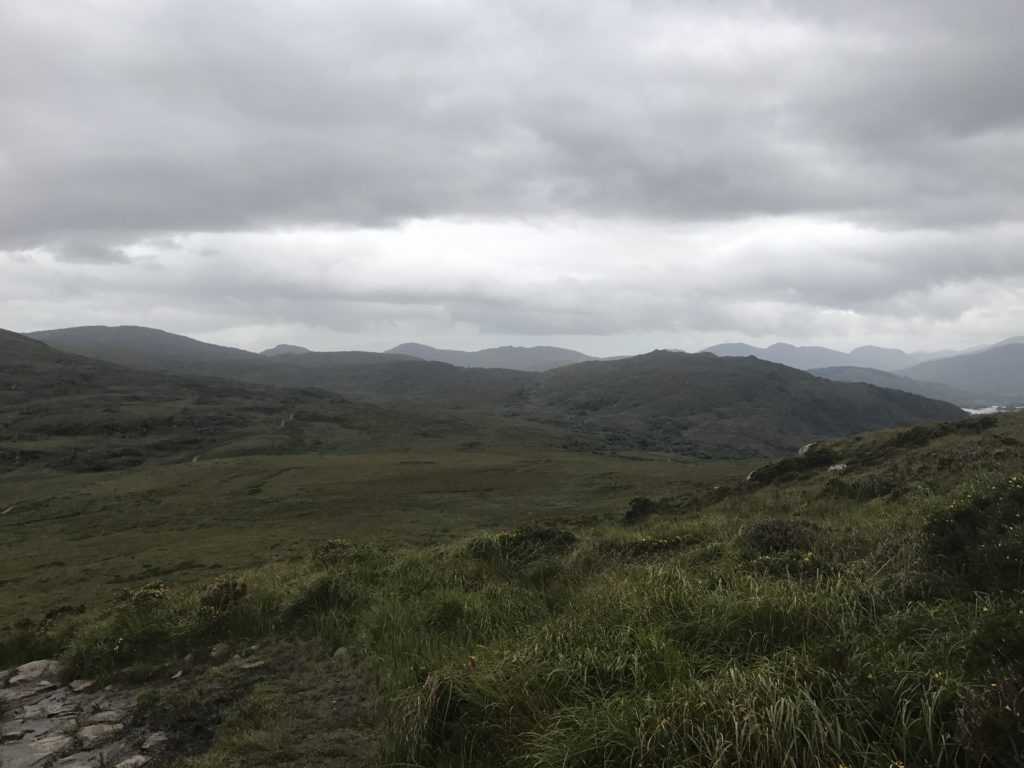
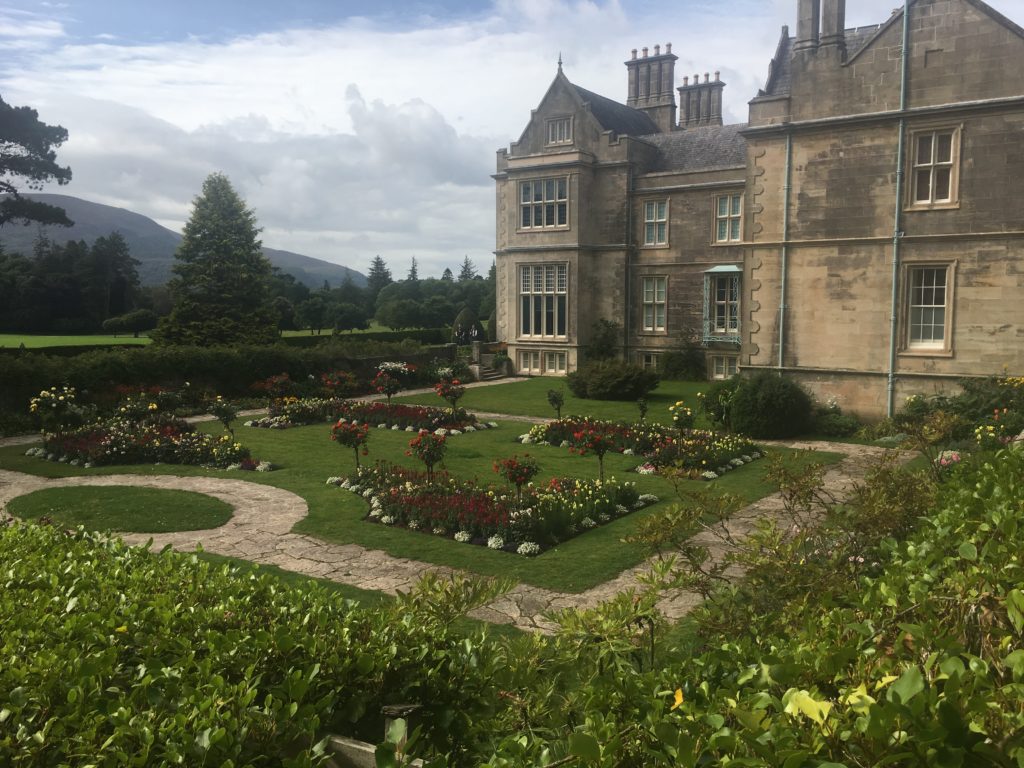
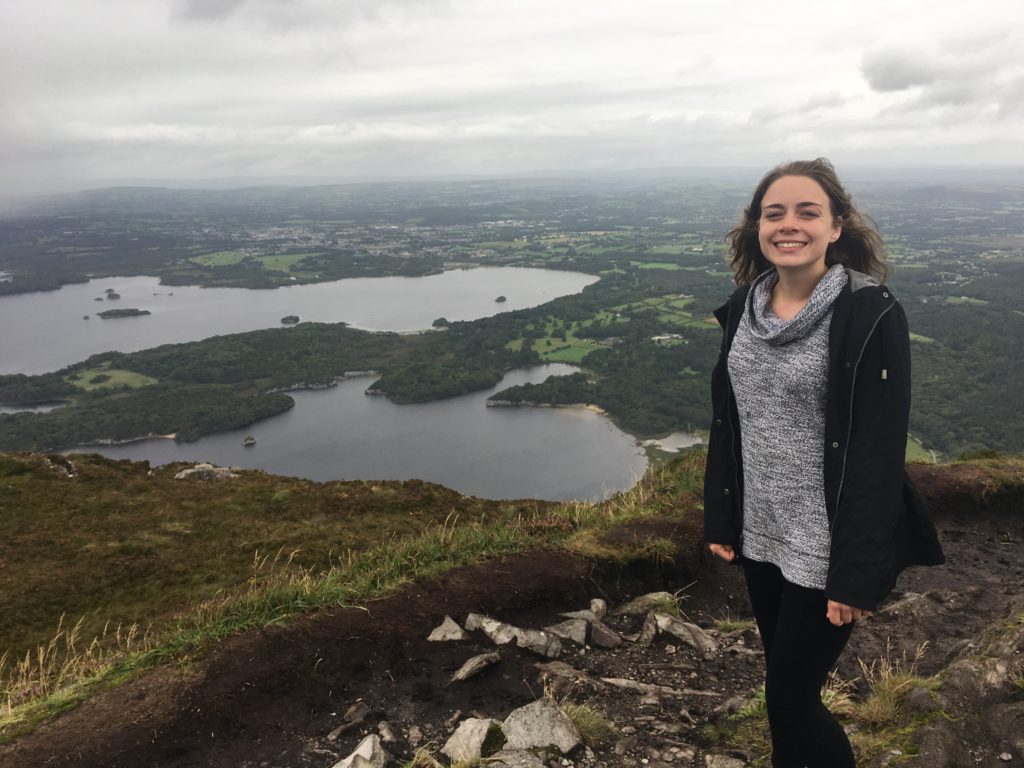
I love learning about Ireland’s history and having many of my ancestors experiences revealed. At the same time, I suspect I will be battling this paradox a lot during the next two semesters. As I get to be a tourist in areas majorly dependent on the tourist industry that have also been burdened by some of my ancestors (not native to the Irish or Tanzania area), I am pushed to think about my roots in a nuanced way.
However, this very same history also helps me understand Ireland’s social politics today.
These breathtaking day trips have brouvht Ireland’s history to life. Whether it be the fields that potato blight filled years ago, an elite’s mansion or beautiful monuments in Dublin city – I have been exposed to the many sides of Ireland’s history. And as I have experienced each of these pieces of history, I am filled with a sense of pride for Ireland. They have overcome their unfortunate struggles and built a a country that I could not be happier to be a part of.
So how does this history and the trial and errors they faced shape modern day politics?
In a lot of ways, Ireland feels very progressive compared to Holy Cross. Pride flags line the streets and hang in small businesses’ windows. Locals have their fun shaming confederates in America, and bars seem to be integrated.
That being said, from a couple disturbing interactions with locals, I understand that as with the rest of the world… life isn’t quite that simple here. I hate to generalize; however, many of my interactions have outwardly displayed the safety and security that white men hold here compared to others. That being said, I remain hopeful as I continue to learn about others’ role in shaping Ireland.
I will most certainly expand my insight over the next couple weeks as I get involved with grassroots initiatives on campus. Specifically, here’s what I look forward to learning more about: 1. How has homogeneity shaped modern day politics? 2. The Middle East’s conflicts are clearly more relevant here than in Boston; what Is the general attitude towards immigrants? 3. How does Ireland’s history of oppression make the country more or less inclusive? 4. How will their way forward compare to America’s way forward?
Here are a few more pics relevant to Ireland’s history! Thanks for reading, and stay tuned if you want to learn more! Cheers!
